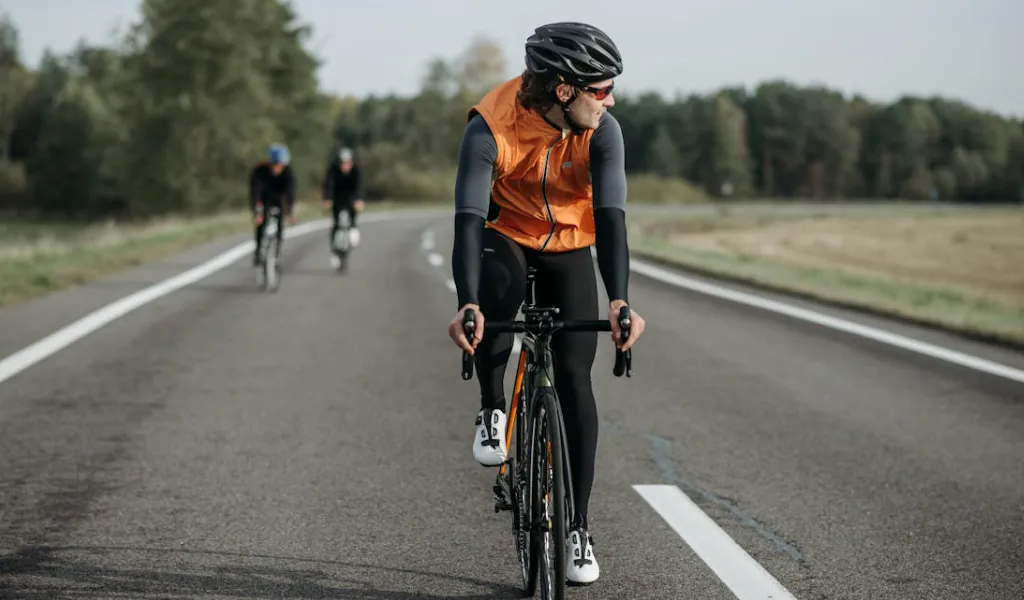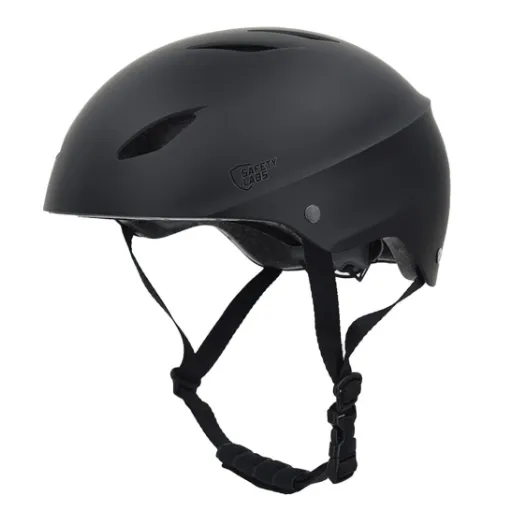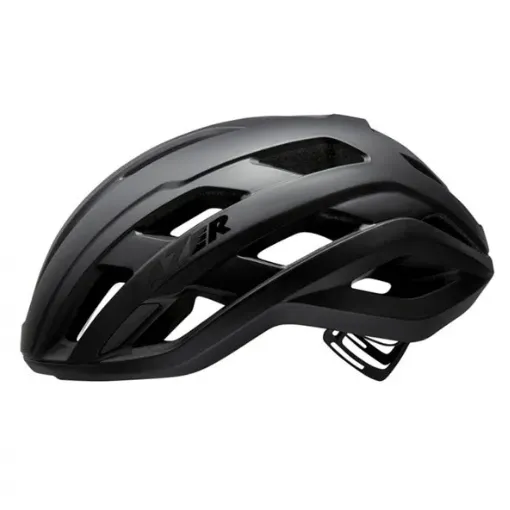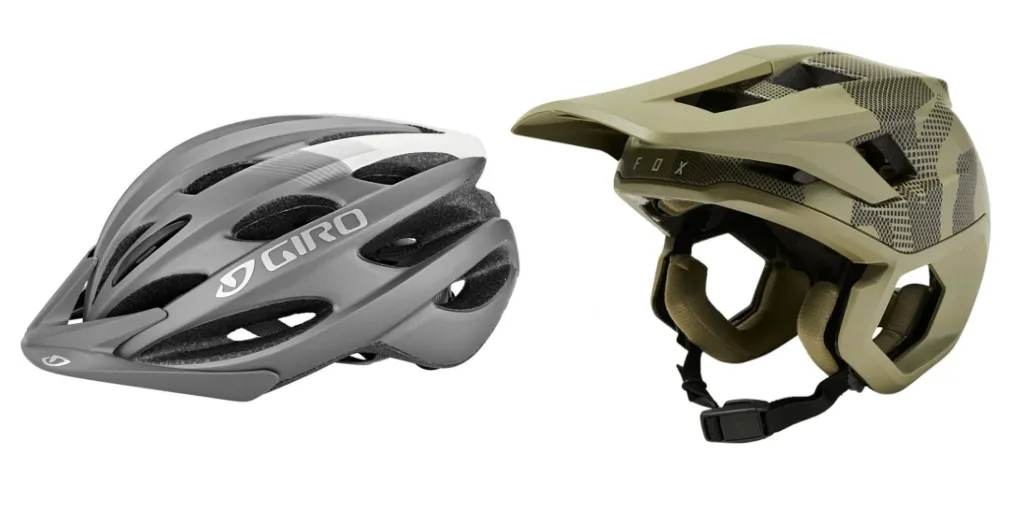How do you choose your bicycle helmets? Price, recommendations from friends, design, brand, influencer endorsements…?
Some equipment is easier to decide, while others are more complicated—especially when the product’s main function cannot be tested before purchase, as is the case with cycling helmets.
When it comes to safety, many tend to decide the most expensive product, assuming that it is automatically better than the cheaper options. I often say that investing in a good bicycle helmet is much cheaper than a hospital bill. But that doesn’t mean you need to buy a helmet that costs more than your bike.
So, how do you choose a cycling helmet that isn’t too expensive but is truly efficient? Before answering this question, let’s go over some important points that can help you pick your next helmet.

Photo: Pexels.com
Beware of Counterfeit Helmets
The temptation to buy a cheaper helmet can be strong, especially with the vast selection available online. However, it’s important to be cautious, as counterfeit helmets exist. These products, often replicas of famous models, do not go through the same safety checks as original helmets.
Counterfeit helmets may be made with low-quality materials and fail to meet safety standards. This means that in case of an accident, they may not properly protect your head, putting your life at risk. Always buy helmets from authorized and trusted stores, and be wary of prices that are significantly lower than the market average.
Functionality and Design of Cycling Helmets: More Than Just Appearance
A cycling helmet’s design is more than just its external appearance. It should be functional and provide a good fit, a wide field of vision, proper ventilation, and ease of use.
Proper Helmet Use
A poorly adjusted or improperly worn helmet can compromise your safety. Even if you choose a high-quality helmet, it won’t be effective if used incorrectly. The same applies to helmets that aren’t designed for cycling. Helmets made for other sports are specifically designed for the demands of those activities and should not be used for cycling.
Ventilation
Ventilation is another important factor. For cyclists who spend long hours riding, a well-ventilated helmet can make a significant difference in comfort, especially in hot climates. Some urban models are more enclosed and less ventilated than the models traditionally used by MTB and road cyclists.


Notice the difference in ventilation between an urban model and a road model.
Helmet Color
Helmet color is a very personal choice. Some cyclists prefer to match it with their clothing, shoes, bike, etc. But one thing is certain: light and fluorescent colors attract more attention from other cyclists and drivers. Being more visible is part of a cyclist’s safety strategy when riding in cities and on roads.
Helmets with Visors
Some helmets come with built-in visors (like a cap visor), which can be removable or fixed, and they vary in size. For some cyclists, these visors are essential; for others, they are not. It depends largely on the type of cycling (road, mountain bike…), riding posture, and personal preference. Typically, visors are found on mountain bike models (such as the green model in the image below), but if you ride in a more aerodynamic position or use a road bike, the visor may affect your field of vision.

Two models of cycling helmets with visors. On the right, a Fox model specifically for mountain biking, with a larger visor and extra protection for the ears and the back of the head.
There are also helmets known as “full face” (image below), designed with chin protection to safeguard the face. These are more enclosed than regular helmets and are specifically made for mountain biking and downhill riding. Keep this in mind when choosing your helmet.

Photo: Stiven Rivera / Pexels.com
More Safety with MIPS
Helmets with MIPS technology (Multi-Directional Impact Protection System) are designed to protect against rotational impacts, which are one of the leading causes of serious injuries in cycling accidents. While many helmets without this technology may pass basic safety tests, MIPS adds an extra layer of protection.
Helmets Evaluated by Virginia Tech
Virginia Tech, an institution in the United States, conducts rigorous safety tests on cycling helmets and publishes the results publicly. Their ranking classifies helmets based on their protective capacity, using a star rating system.
Check the Virginia Tech helmet ranking to compare options before buying.
Conclusion
Choosing the right helmet can be a challenging task, but with the right information, you can select a safe model at a fair price that suits your needs.
Use the Virginia Tech ranking as a reference and pick your next helmet with greater confidence.
Happy cycling!
This post is also available in: Português (Portuguese (Brazil)) Español (Spanish)
